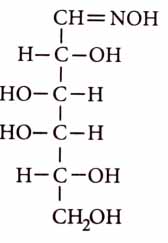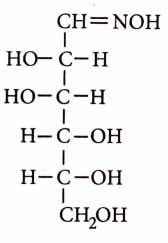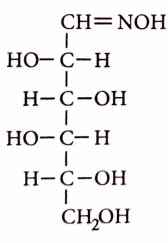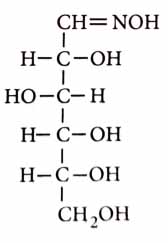Topic Question Set
Q 1
:
Sugar ‘X’
A. is found in honey.
B. is a keto sugar.
C. exists in and -anomeric forms.
D. is laevorotatory.
‘X’ is [2025]
B. is a keto sugar.
C. exists in and -anomeric forms.
D. is laevorotatory.
maltose
sucrose
D-glucose
D-fructose
(4)
Fructose is found in honey, contains keto group, exists in - and -anomeric forms.
It is a laevorotatory compound hence, sugar ‘X’ is D(–)fructose.
Q 2
:
Given below are two statements :
Statement I : Glycogen is similar to amylose in its structure.
Statement II : Glycogen is found in yeast and fungi also.
In the light of the above statements choose the correct answer from the options given below. [2024]
Statement II : Glycogen is found in yeast and fungi also.
Statement I is true but Statement II is false.
Statement I is false but Statement II is true.
Both Statement I and Statement II are true.
Both Statement I and Statement II are false.
(2)
Chemically, amylose is a long unbranched chain with 200–1000 -D-(+)-glucose units held together by glycosidic linkage. Structure of glycogen is similar to amylopectin as it is a branched chain polymer of -D-glucose units in which chain is formed by glycosidic linkage whereas branching occurs by glycosidic linkage.
Q 3
:
The reagents with which glucose does not react to give the corresponding tests/products are
A. Tollens’ reagent
B. Schiff’s reagent
C. HCN
D.
E.
Choose the correct options from the given below : [2024]
B. Schiff’s reagent
C. HCN
D.
E.
B and C
A and D
B and E
E and D
(3)
Despite having the aldehyde group, glucose does not react with Schiff’s reagent and does not form the hydrogen sulphite addition product with .
Q 4
:
Sucrose on hydrolysis gives [2020]
-D-glucose + -D-fructose
-D-glucose + -D-glucose
-D-glucose + -D-fructose
-D-fructose + -D-fructose
(3)
In sucrose, two monosaccharides are held together by a glycosidic linkage between C-1 of -D-glucose and C-2 of -D-fructose.
Q 5
:
The correct corresponding order of names of four aldoses with configuration given below

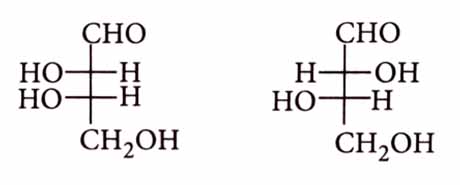
respectively, is [2016]


L-erythrose, L-threose, L-erythrose, D-threose
D-threose, D-erythrose, L-threose, L-erythrose
L-erythrose, L-threose, D-erythrose, D-threose
D-erythrose, D-threose, L-erythrose, L-threose
(4)
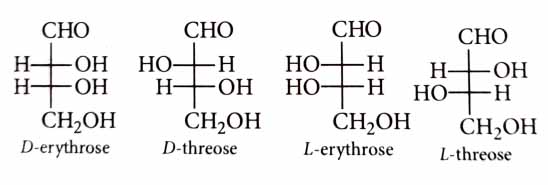
Q 6
:
Which one given below is a non-reducing sugar? [2016]
Glucose
Sucrose
Maltose
Lactose
(2)
All monosaccharides whether aldoses or ketoses are reducing sugars. Disaccharides such as sucrose in which the two monosaccharide units are linked through their reducing centres. Sucrose is non-reducing because the reducing group of glucose and fructose are involved in glycosidic bond formation.
Q 7
:
D(+)-glucose reacts with hydroxyl amine and yields an oxime. The structure of the oxime would be [2014]
(4)

